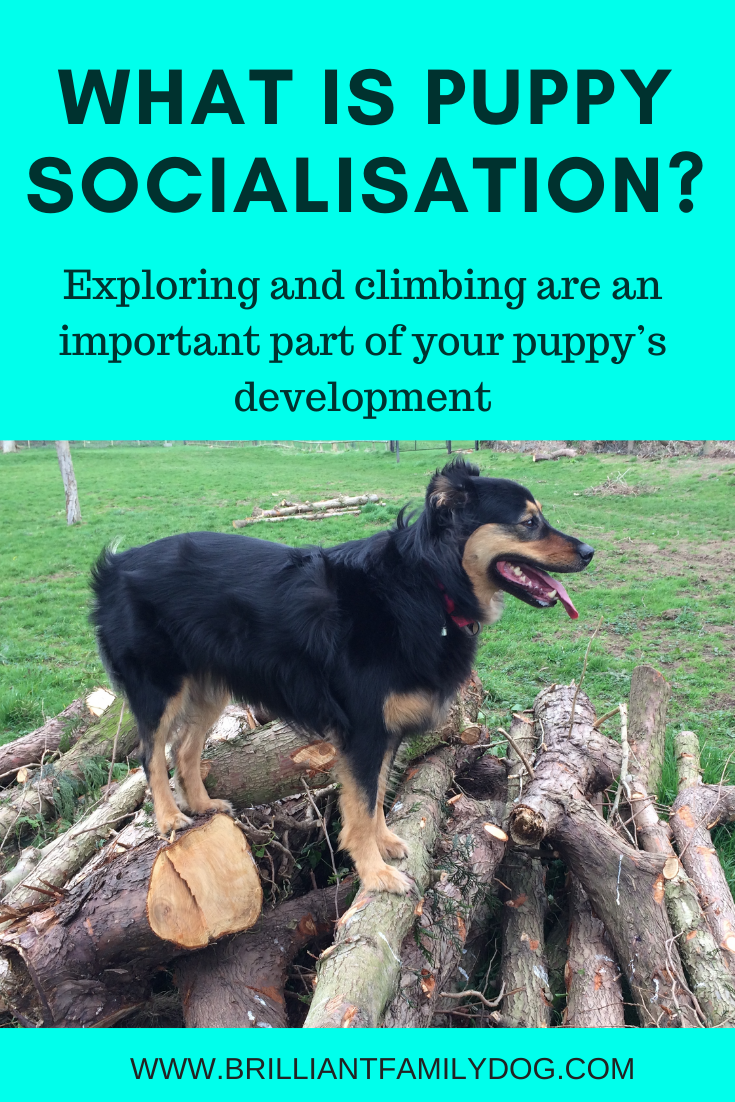So exciting, getting a puppy!
But also - especially if this is your first venture into having a companion dog - fraught with hazards!
In my efforts to make the transition from “new dog” to “family dog” as smooth as possible, I have provided you with many, many resources.
There are over 300 articles here, and most important of these are the three-part series on Choosing a Puppy. Start here.
There’s New Puppy! - a handbook to get you through the first few months.
And there are various free and premium courses
Total mindset change
But the most important thing in preparing for your new puppy or new dog, is the total mindset change you’re going to need to make!
As any new first-time parent will tell you, the whole thing is mind-bending and requires a huge change in your lifestyle.
You have no idea of the effect this new baby will have on your life - till it happens!
This applies to four-footed family members too . . .
Resentment of the invasion?
It’s not uncommon for me to receive complaints from people who’ve just got a new puppy, and can’t understand why they can’t carry on their life exactly as before.
Maybe they think they’re getting a stuffed dog, or a bicycle, or something. Not a living, sentient, being - who has hopes and fears, feelings and sensations, needs and desires.
So seeing the puppy blamed for its distress and the new owner’s lack of sleep is upsetting for me.
Would they blame a baby for crying and disrupting their sleep? Of course not! They’d try to find out what’s wrong and put it right.
Some of these entitled people even re-home their unfortunate pups after only a few days. They seem to think their comfort is far more important than caring for this little creature they have chosen to bring into their home.
Perhaps it shows that they bought their puppy or dog on a whim, with no thought about whether they were suited to have a dog living with them for the next 12-15 years.
You should be prepared for total disruption to your life!
It also tells me that the person who sold them the puppy or dog was simply trying to shovel off excess animals with no care of where they went. This is all too common, I’m sorry to say, with those “greeders” who are just in it for a fast buck.
It’s no good taking five days off work and thinking that will do the trick for your new puppy.
And if you work full-time away from home, how are you going to manage a creature who cannot be left for more than four hours? If you’re relying on a family member to mind your dog while you’re out - for free - I can assure you that such arrangements frequently break down when the person involved realises what a huge commitment this is and that they’re being used.
Is it about you, or about the dog?
If you think your sleep is more important than your puppy’s wellbeing, think again.
And if you think that scamping on food - buying the cheapest and feeding as little as possible - is the way to go: oh oh oh. I hardly know where to begin.
I have had people tell me they feed two meals a day - to an 8 week old puppy! Even giant breed puppies! Then they wonder why the poor starving creature is crying all night.
If you fit this category, I question the breeder of the dog.
A good breeder is concerned about the wellbeing of her pups, so anyone who gets a puppy while being out of the house ten hours a day has clearly gone to a puppy farm.
I had to complete a detailed questionnaire and write an essay before I could be considered for my latest puppy!
This is NORMAL.
A good breeder devotes months of her life to rearing her precious pups. She’s not going to let them go to any-old-body who has no understanding of how to manage them.
Would local authorities hand over a child for adoption without in-depth investigation? One would hope not!
Start the right way!
So start the right way. Read this article and kick off by making some choices about who you want to share your life with. Then do some serious research into where you can source your chosen dog.
The right breeder will be keen to help you learn what you need, to have a great start with your pup.
And a reputable shelter will not want to make a mistake with one of their charges, and find it bounces back for further re-homing.
Starting an adventure with a new dog is a thrilling experience! And just like how the excitement and anticipation of planning a holiday is often as good as the holiday itself, so a preparation period while you learn and research is so important to the success of this new relationship.
Please avail of the many resources available to you, dismiss fanciful notions and deal with facts.











